 UThermic Coldscreen
UThermic Coldscreen UThermic
Price: $24.99 for 5.1oz
My results:
Reading the instructions for use of the UThermic Coldscreen product is key to its use. Here are my best tips in order to maximize its effect:
Tip #1: Apply before going outside
I found the product worked best by applying about 15 minutes before use. If you are travelling by car or handling gear, wear handwear so that the coldscreen doesn't come off. The best way I can describe the warm sensation is that it is similar to a tingling hot cinnamon candy in your mouth!
Tip #2: Wear your insulated, windproof handwear
A rookie mistake I made is anticipating your hands will get hot and wearing thinner gloves or mitts. I suggest wearing your insulated windproof handwear until the product heats up. If the warmth becomes too hot, then switch out to your thinner handwear.
Tip #3: Don't touch sensitive areas with bare hands
Habits are hard to break . I wiped my nose one day and transferred some of the lotion on to my face by accident. Big mistake! A male friend of mine had to urinate and transferred some Coldscreen on a sensitive area! I found you had to be consciously mindful of where you are touching!
Tip #4: Move!
I found more rigorous the movement the better the product worked. Higher aerobic intensity winter activities like cross country skiing produced the greatest warming effect while downhill skiing and ice climbing were less. That said, even in activities that are more sedentary, I still found the lotion prevented my hands from getting to the freezing level they normally do.
Tip #5: Pack your tube in a Ziploc
I mistakenly packed my Coldscreen tube in my luggage on one winter hiking trip. Some residue must have still been on the outside of the tube and was absorbed by the clothing I packed. I had one hike that I suffered annoyingly very hot inner elbow and collarbone as a result of lotion getting on my baselayer! I now pack it in a plastic bag.
Tip #6: Wash your hands in cold water
After exercising it's normal to hop in the shower which I did the first time I used UThermic Coldscreen. It didn't take long before I regretted the feeling of hot water on my hands, which amplified the heating effect. Make sure to wash the lotion off in cold water thoroughly before entering a shower or hot tub!
Pros:
UThermic Coldscreen works. My hands never got to the point this winter full on freeze and painful thaw. I ditched my battery operated gloves and chemical hand warmers and fully committed to using the product. I continued to pack multiple sets of handwear like normal and swapped out gloves and mitts depending on my output and how hot my hands were.
I like the idea of not producing so much waste as there is with chemical hot packs and spending less money than battery operated gloves. The 5.1oz/150ml bottle lasted me a whole winter and I have some left over for next year!
UThermic Coldscreen is made from 98% natural ingredients. This is important to me as I don't like putting unnecessary chemicals on my body. The bottle is recyclable and so is the box it came in. The lotion is fragrance free and its not tested on animals. It is safe for all skin types. The product's effects lasts 4-6 hours. I never had to re-apply even on longer days in colder temperatures.
When sweating the lotion doesn't come off or lose intensity. I felt like it worked as hard as I do out there! In fact, I felt the product reduced the normal amount of sweat moisture that gets absorbed in my handwear. Thank you UThermic for making such a great product!
Cons:
I spent most of the winter trying to find consistency while using this product. Some of it was user error (not reading the instructions carefully) but also I found that the product varied depending on how much I put on and what I was doing. Hopefully next year I will follow my tips above and find the consistent pattern. I will update this review with any further tips!
While using the product, I found myself in a couple awkward situations in the ski lodge when meeting someone for the first time. I had to explain why I couldn't shake their hand as per social custom.
Lastly, I had some concerns when it came to eating outdoors with the lotion on. I wasn't sure if I should eat my lunch with my bare hands (ingestion concerns?) so I had to wear thin liner gloves to eat. That proved difficult in some situations (ie opening packaging, etc).
Best uses: Active winter wear. If you are prone to cold hands and feet and/or have Raynaud's Syndrome.
Full disclosure: I was given this product for the purpose of this review. The opinions expressed are completely my own.
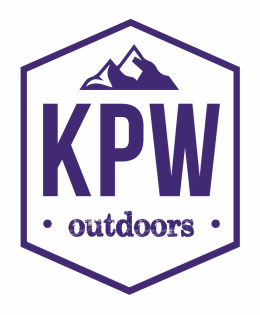
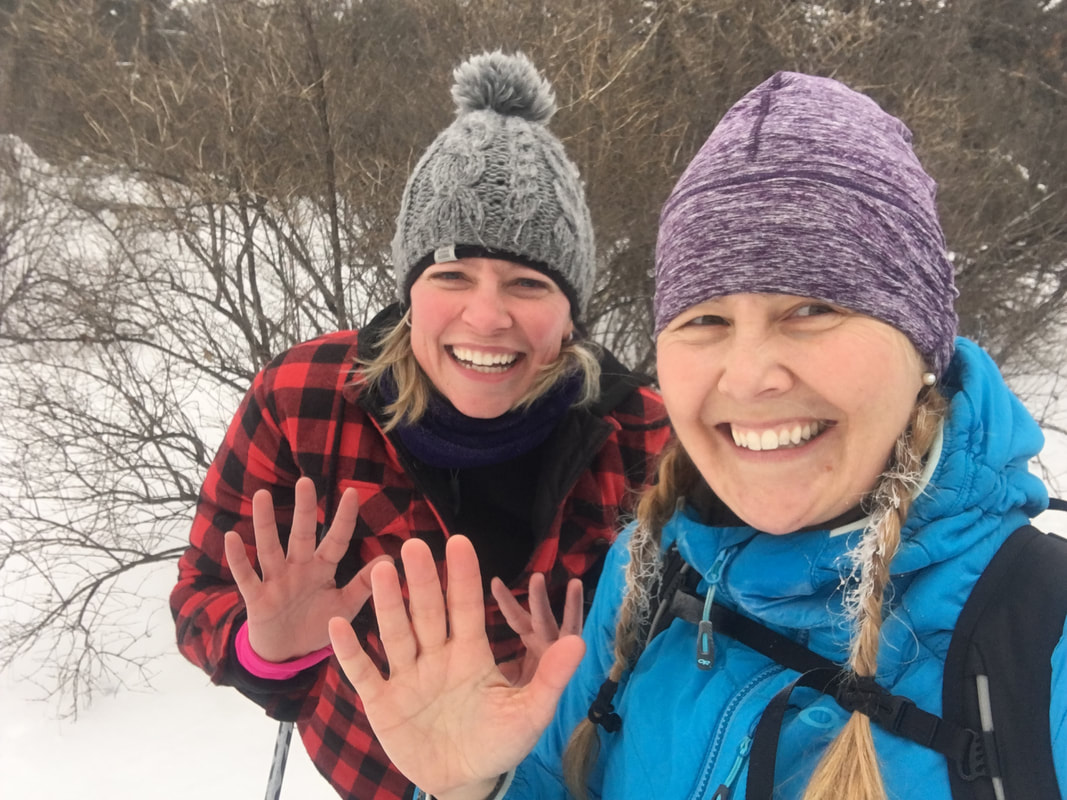
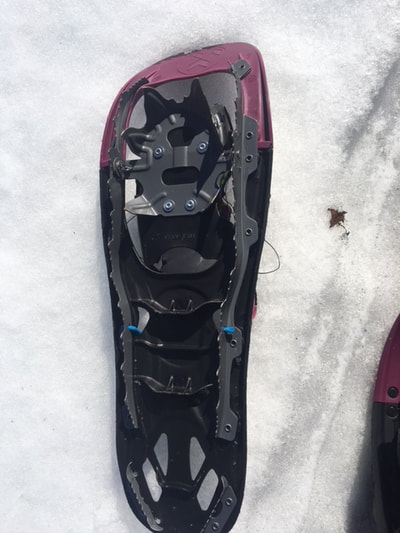
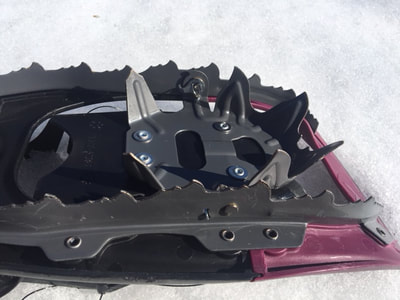
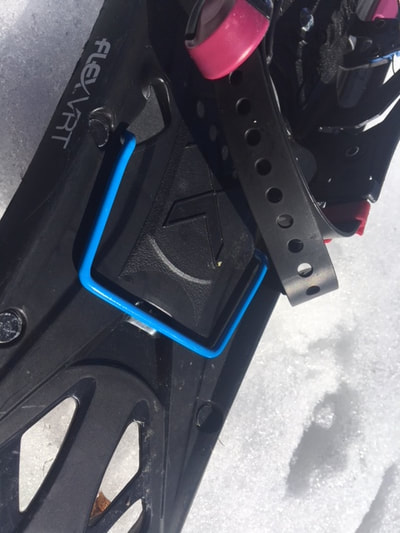
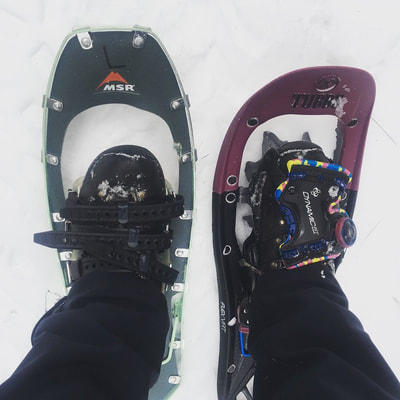
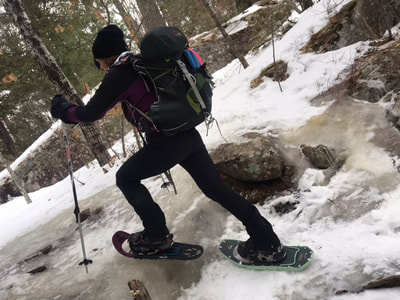

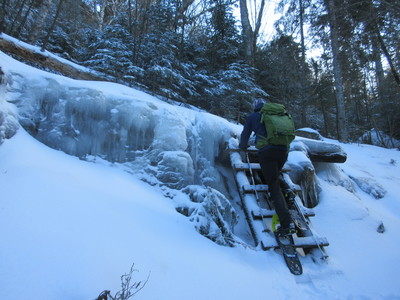
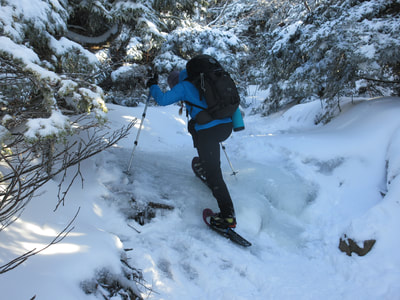
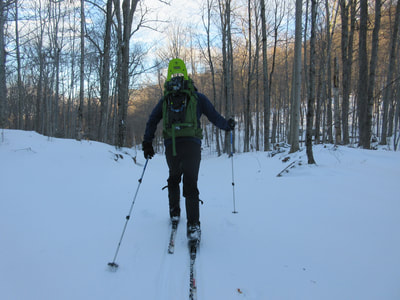
 RSS Feed
RSS Feed


